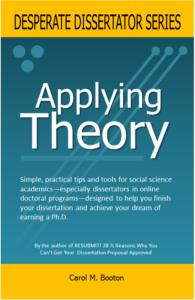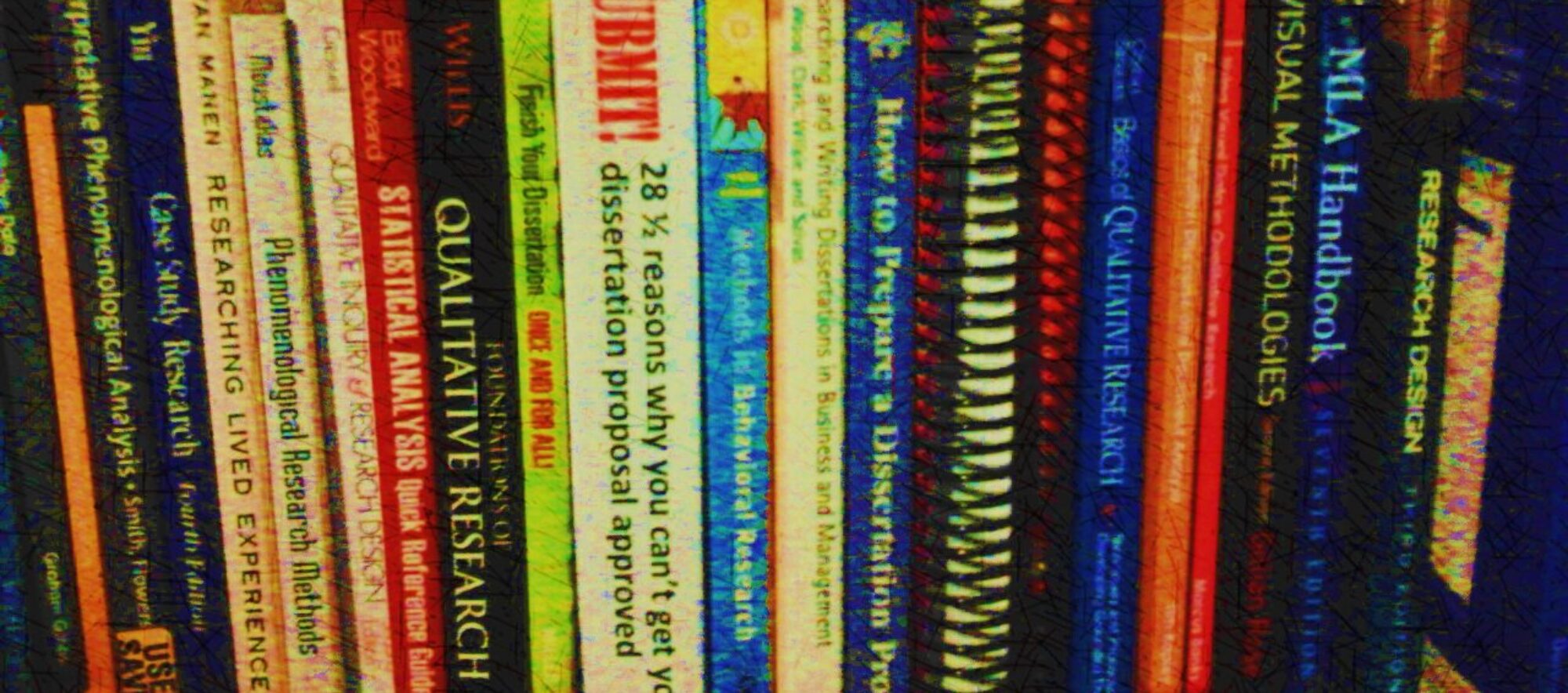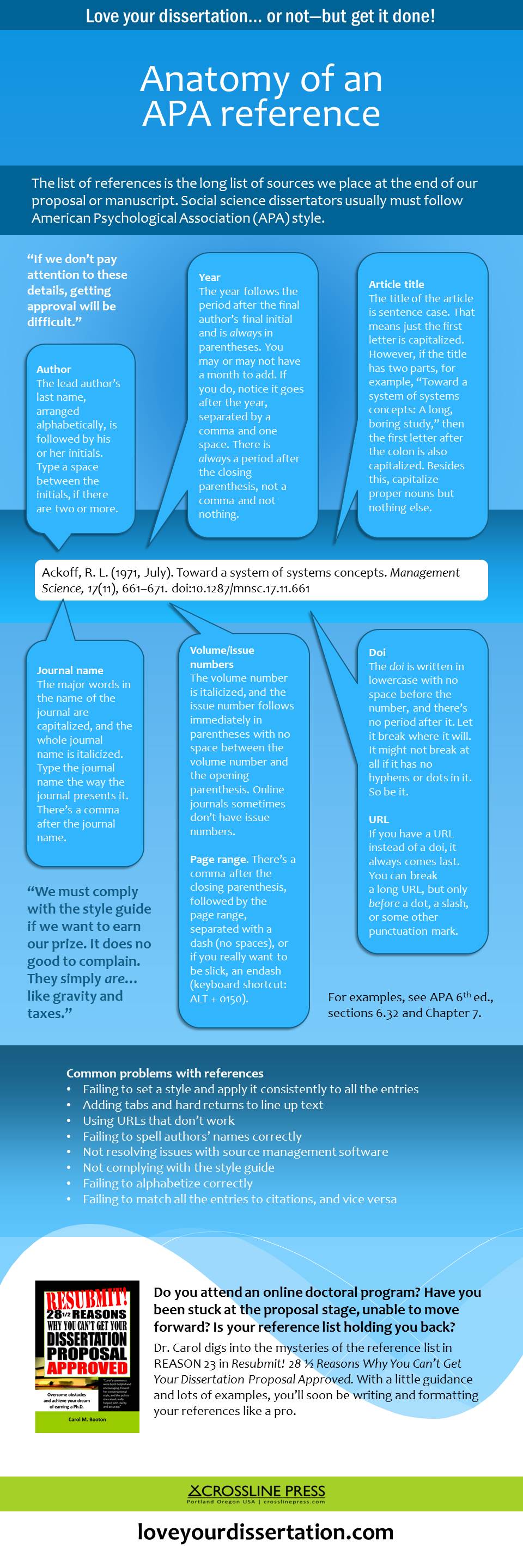For the past couple years, I’ve been dutifully blogging about topics I think might be important to you, my audience of dissertators. Today I write on a more personal note to reflect on my career as an author and researcher.
Ever since I was nine years old, I have expressed myself through images and words. My favorite birthday gift was a stack of notebook paper and a box of yellow no. 2 pencils. I confess, my lifelong urge to make marks on paper has at times been a compulsion. This urge to write has led me on a circuitous path; sometimes I have taken long detours away from writing. Even so, after all these years, I still feel compelled to create with words. Why? Why do I write?
I want to learn
Some of my urge to write emerges from a desire to learn. Somewhere I read that if we want to learn something, a good way to learn it is to teach it. After a ten-year career as an instructor at a for-profit career college, I agree with that statement. I taught courses in marketing, management, public speaking, general office procedures, computer applications such as Word, Excel, Access, PowerPoint… the list of courses I taught goes on… and on and on, because that is what we did as instructors—we taught what we were assigned to teach. Teachers in the general education department were more or less interchangeable. A dime a dozen, we were told.
The only thing I wasn’t qualified to teach was English, because my degree was in Business Administration. However, from term to term, I never knew if I would be assigned to teach something I’d never heard of—for instance, once I taught one student a medical office software program (I’ve never worked in a medical office). Many times I taught “college and career success” to incoming students and “professional development” to outgoing students.
I required students in all my courses to write—a lot. I gained a reputation for assigning research papers, even in the general office procedures course. I know, a bit excessive. I certainly got a lot of practice editing student papers, at the time not imagining I would one day become a professional academic editor.
In the process of preparing for courses I’d never heard of, I learned a multitude of things. Beyond learning the content of the course, I learned how to learn efficiently, to grab at the main concepts, and to describe them in ways I thought my audiences would understand.
I never intended to be a teacher, but when that was my role, I embraced it with gusto and learned all I could. In fact, that teaching job inspired me to enroll in graduate school (and allowed me to pay for it, one course at a time). It took eight years to complete my doctorate. The career college campus went belly up a few months before I finished my degree. I blogged about my adventures in dissertation hell.
I want to help
Some of my urge to write arises from a desire to contribute to the greater good. Even though I’m an introvert, I like people (in small doses and controlled settings). I want people to succeed, whatever that looks like for them. Lately I’ve focused on helping people overcome obstacles to earning their doctoral degrees. That is just one iteration of my effort to be useful.
At the career college, I was an unflagging cheerleader for student success. Often I had classes of one student. I showed up, every day, ready to give 110% to one student, so she (most of the students we taught were single mothers) could graduate and find that medical assisting job that would support her children.
Some years before the career college, I operated a clothing design business, making gowns for brides, dresses for bridesmaids, outfits for excited hopeful women going to a prom, going on a cruise, going to Monaco, going to the Oscars. I made their dreams come true. At least, their silk velvet, crepe de chine, and turquoise chamois leather dreams. I had the skill of clothing design and garment construction. I never intended to become a seamstress, but when that was my job, I did my best. You can read about some of my adventures as a seamstress here. (You heard it here first.)
I want to understand
Some of my urge to write stems from a compulsion to understand people. People are fascinating. I’m not much of a networker, but when I’m trying to make small talk, I can always fall back on my desire to understand why people do what they do, why they believe what they believe. Maybe you would call me nosy; I would say I’m interested.
I recently attended a reunion of people who graduated from my elementary school. The reunion was held in honor of a revered teacher; however, I was mainly interested in seeing people I went to school with almost fifty years ago (yes, I am that old). There was just a handful of us there. The beloved teacher didn’t remember any of us, but we remembered each other. I finally realized why I get so much joy from seeing people I went to school with many years ago. I want to understand them.
I am not interested in comparing myself to them. I don’t care how we look. I want to know what their lives are like, what they enjoy, how they think about things, how the years have been for them. I want to understand them. I am, after all, a qualitative researcher.
I want to be understood
Finally, I confess, some of my urge to write comes from a desire to be understood. I hesitated to write about this aspect of my urge to write. However, I would be dishonest if I claimed I didn’t care about being understood. All of my writing projects have in some form or another emerged from a desire to be heard, to be seen, to be recognized, to be acknowledged. I’m human. I want to tell my stories, and I hope a few others would be willing to listen, the way I hope to hear their stories.
If I had to choose only one (and if I could consciously choose), I would choose to understand rather than to be understood. Being understood may be essential for kids… maybe not so much for adults. I’ve come to believe it is more important to seek to build bridges to others than to demand they build bridges to me.
I will keep writing because that is who I am, that’s what writers do.
Why do you write?
Why do you write? To earn your degree? To get a better job? To tell your story? What have you learned by writing? Comment on the Love Your Dissertation Facebook page.
=====================================
In the past few years, I’ve written and published two books for my dissertator audience. Applying Theory is the first book in a series of small handbooks written especially for dissertators attending courses at online for-profit universities. These nontraditional dissertators are unique: They often don’t receive adequate attention and support from mentors and peers. My intention with this series is to fill in the gaps so these isolated online learners can overcome obstacles and earn their degrees.
Applying Theory

Dissertators often struggle to choose and apply a theoretical framework to their research projects. In this helpful guide, I offer suggestions from my own experience. In addition, I reveal how other dissertators have applied theory successfully and earned their doctorates.
Written in a friendly, nonscholarly manner, I demystify the challenges of applying academic theory to a research project. You will learn that theory is nothing to fear—in fact, we all use theory all the time! With the help of this powerful little book, you will learn to master theory and achieve your dream of earning your Ph.D.
Print version USD$15.99
Kindle version USD$7.99
Resubmit! 28 ½ Reasons Why You Can’t Get Your Dissertation Proposal Approved

This comprehensive book is the missing link for dissertators who have struggled to get their proposals approved. This indispensable book bulges with insights, suggestions, examples, diagrams, and practical tips, written especially for the online dissertator who may receive little support during the proposal process.
I present solutions to address twenty-eight potential reasons why you might be struggling to get your proposal approved. For example, you will learn how to write a clear problem statement, devise research questions and hypotheses, and align the elements of the proposal to facilitate speedy approval. I unlock the mysteries of Word and Excel to show you specifically how to use these tools for your proposals. Over 200 tables and figures show you exactly what to do. As a bonus, you will learn how to design a web-based survey and make a plan for fielding and analyzing the data. In this book, I cover it all to help you overcome obstacles and finish your dissertation.
Free templates and worksheets are available here.
Print version USD$29.99
Kindle version USD$9.99




